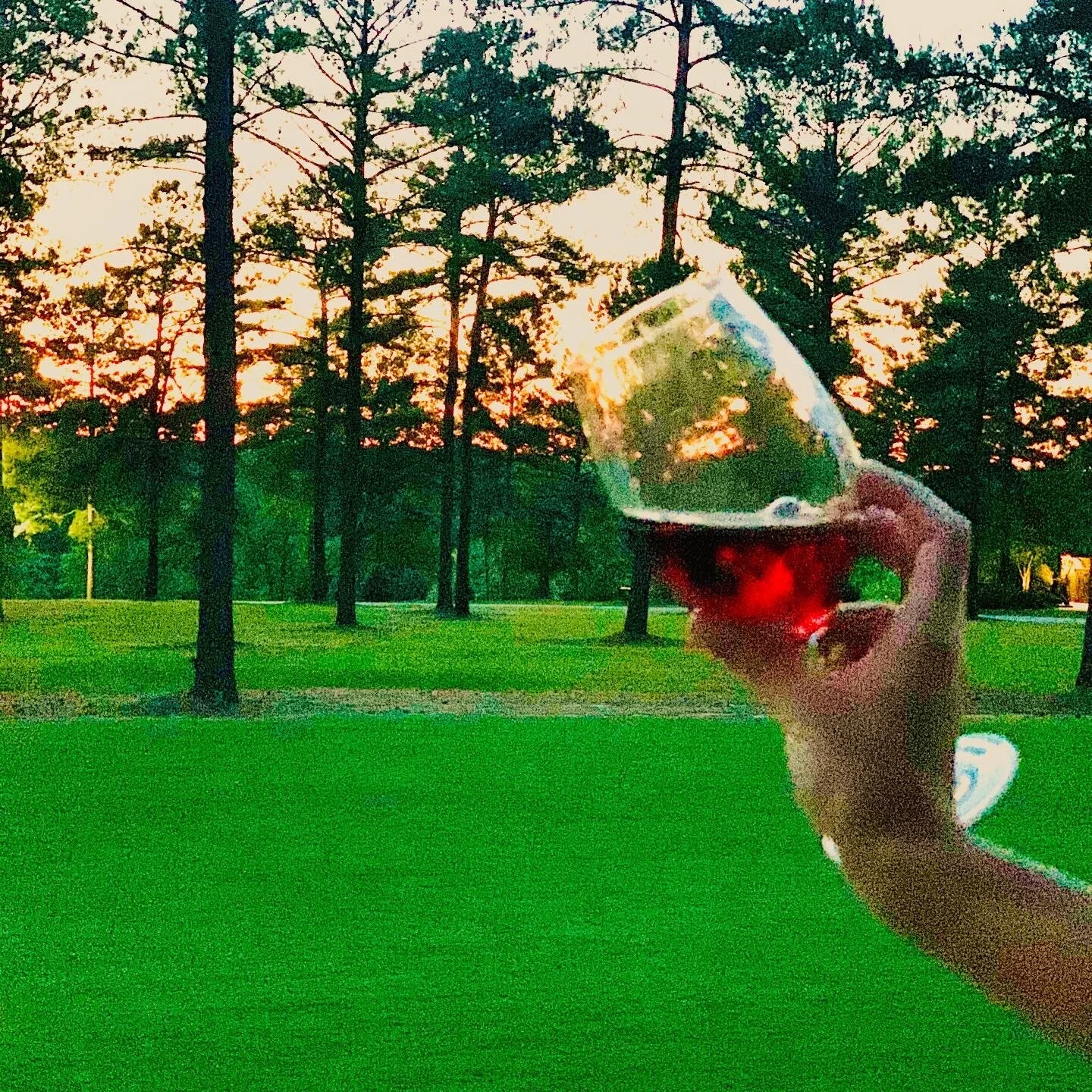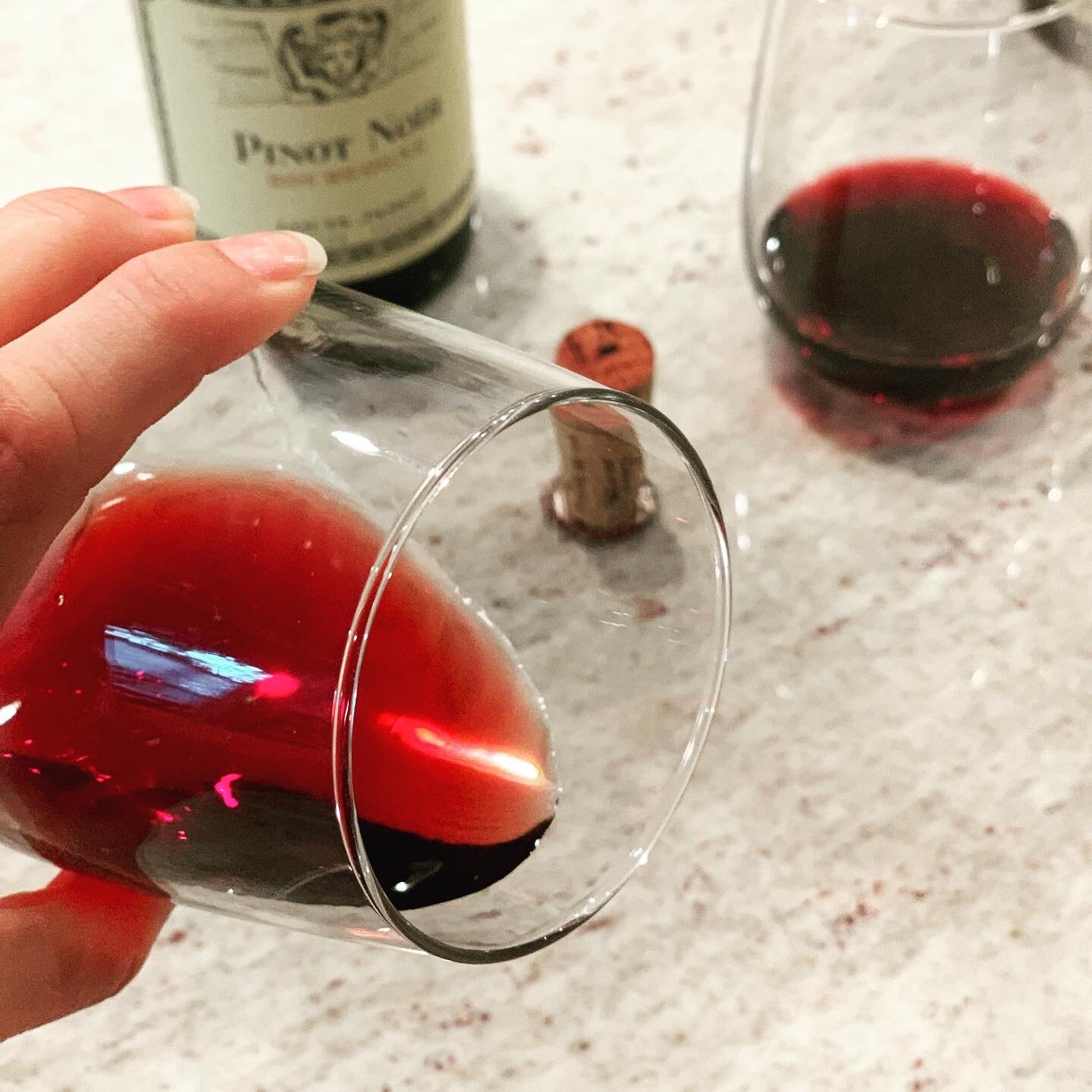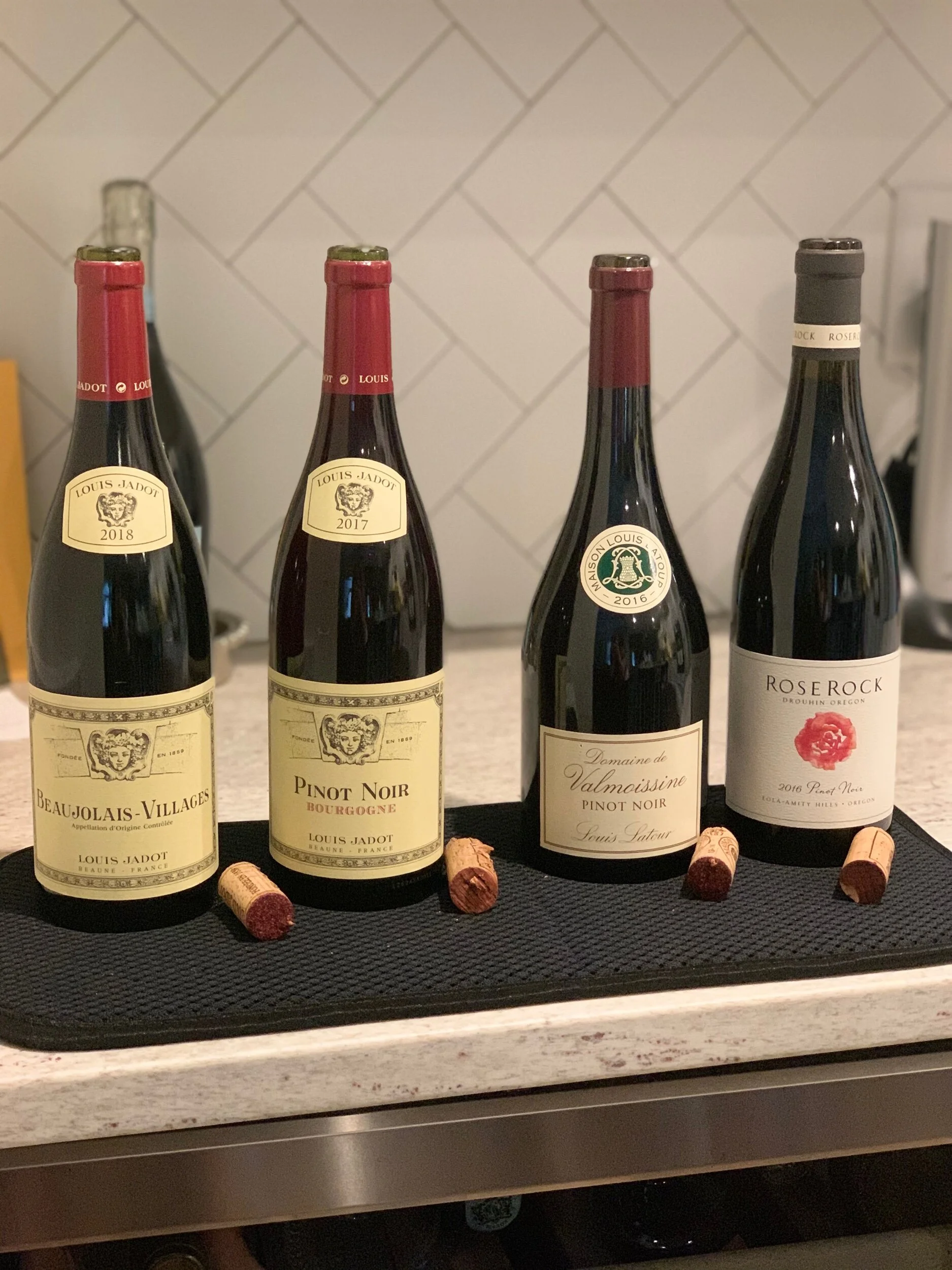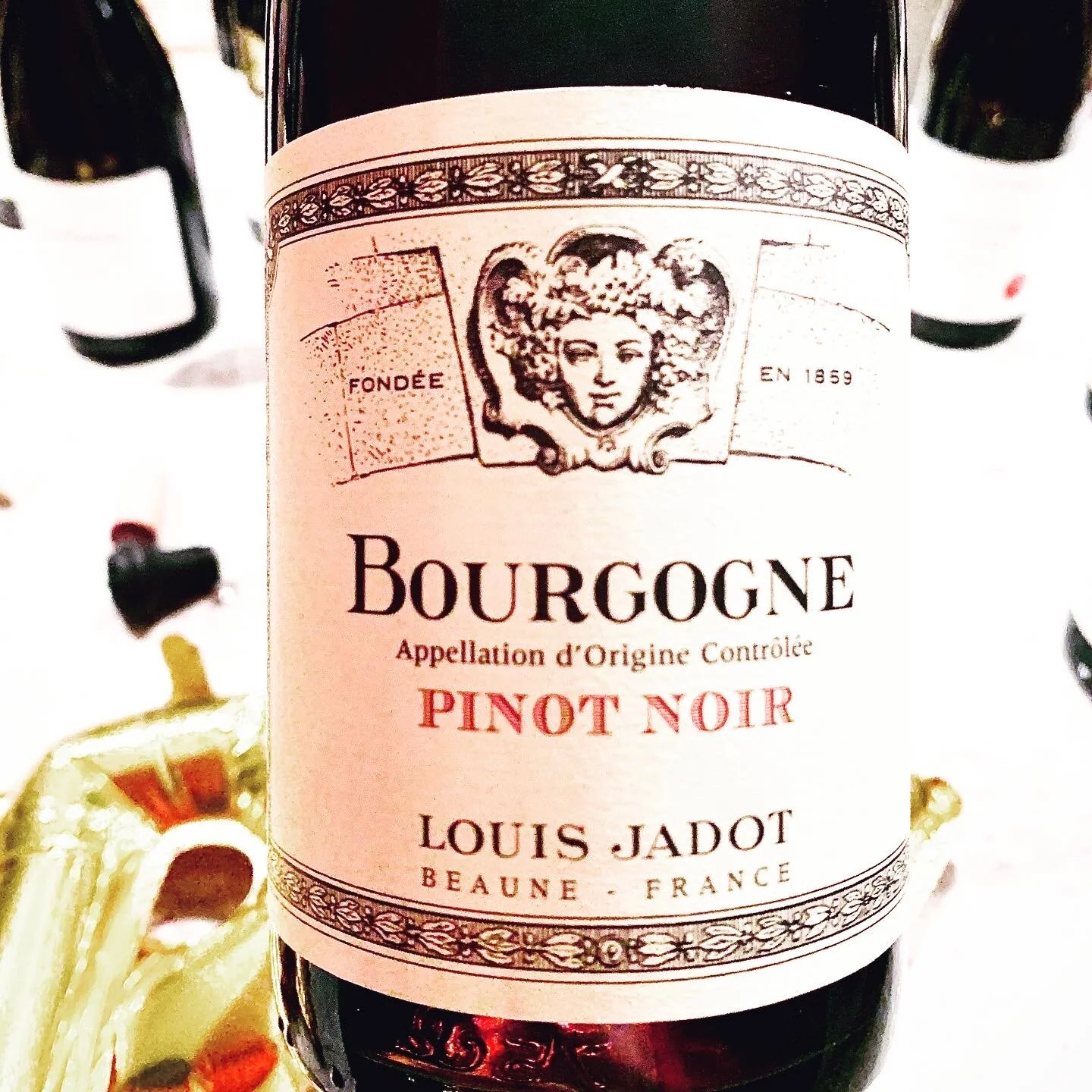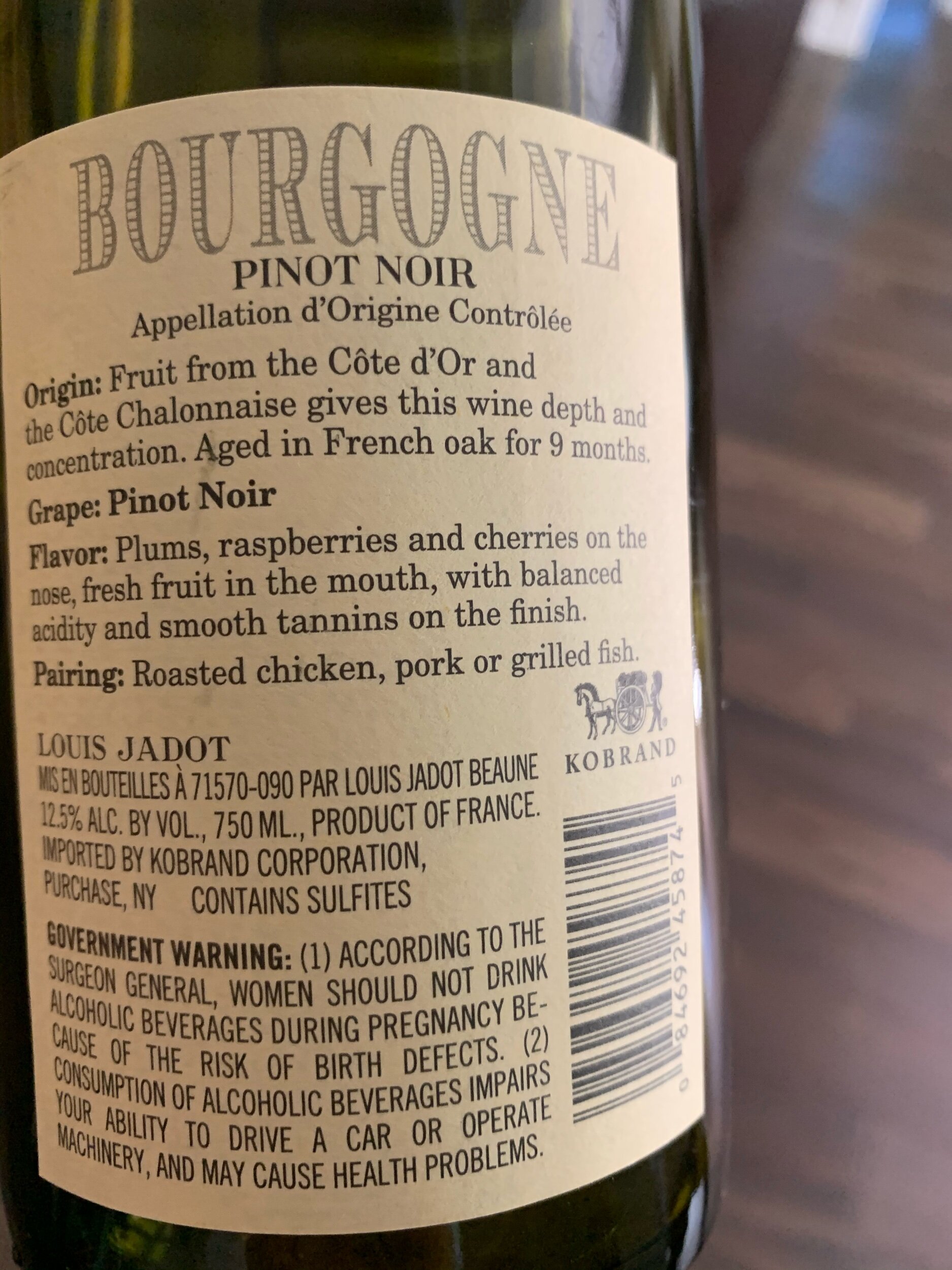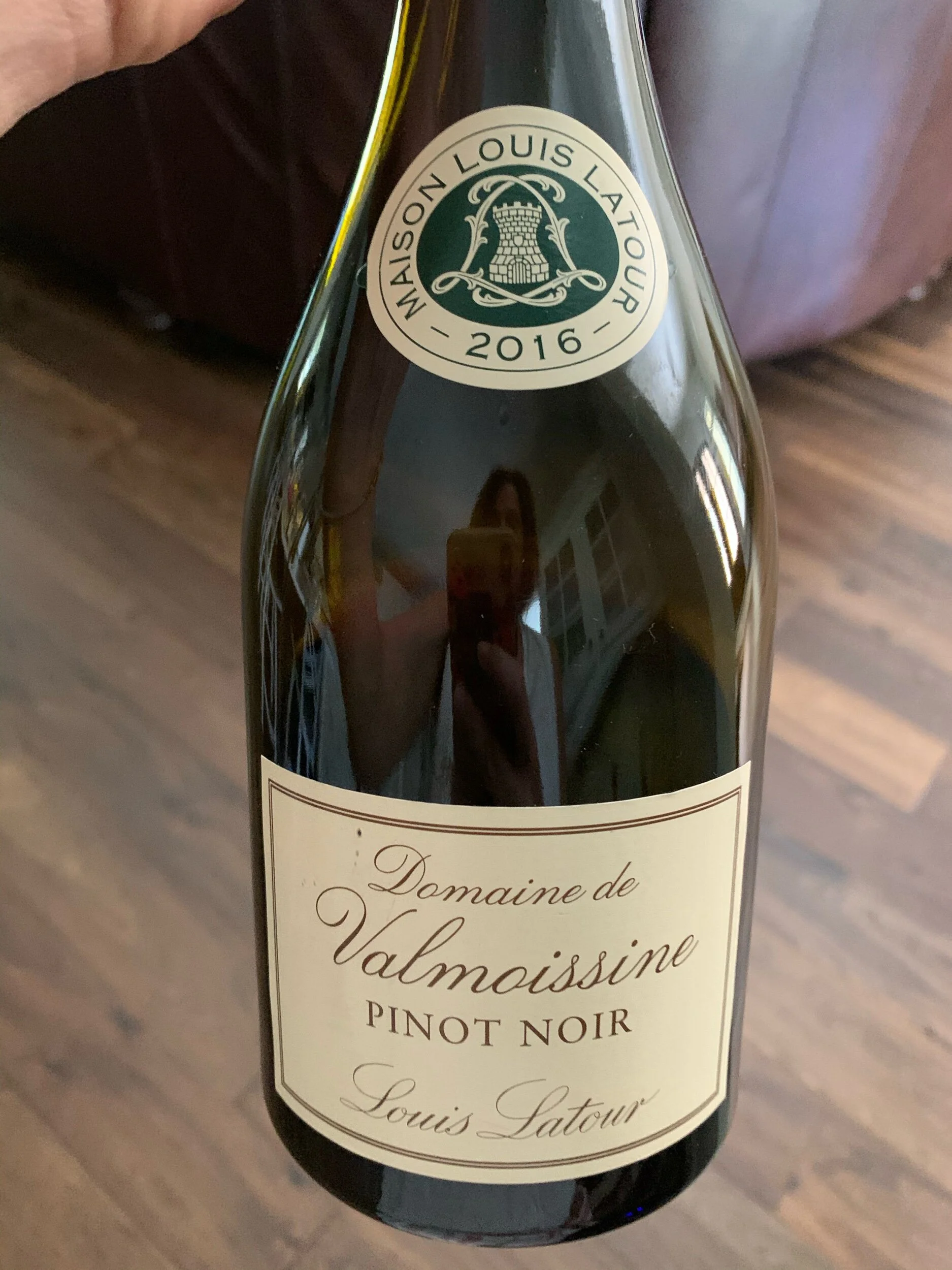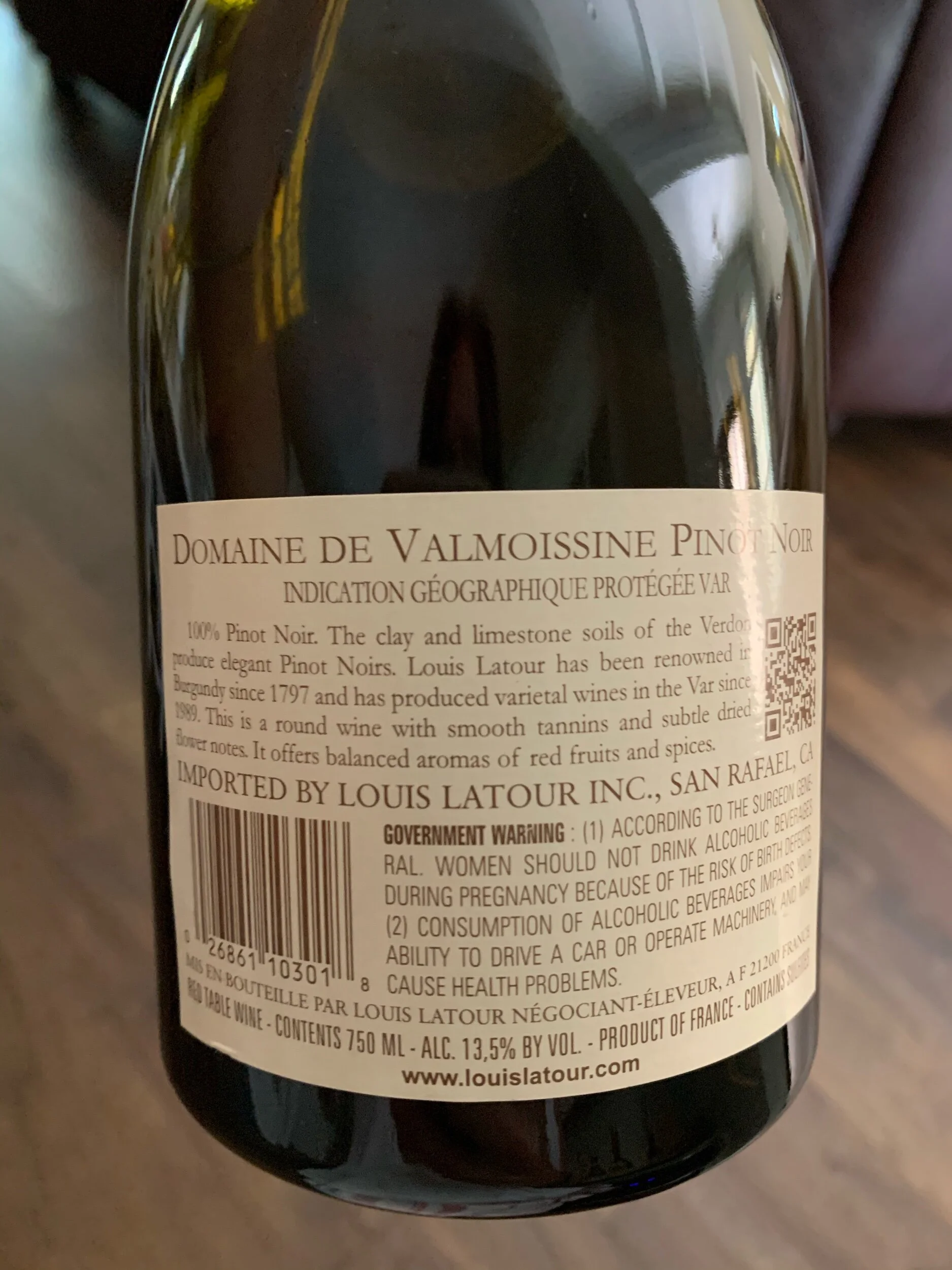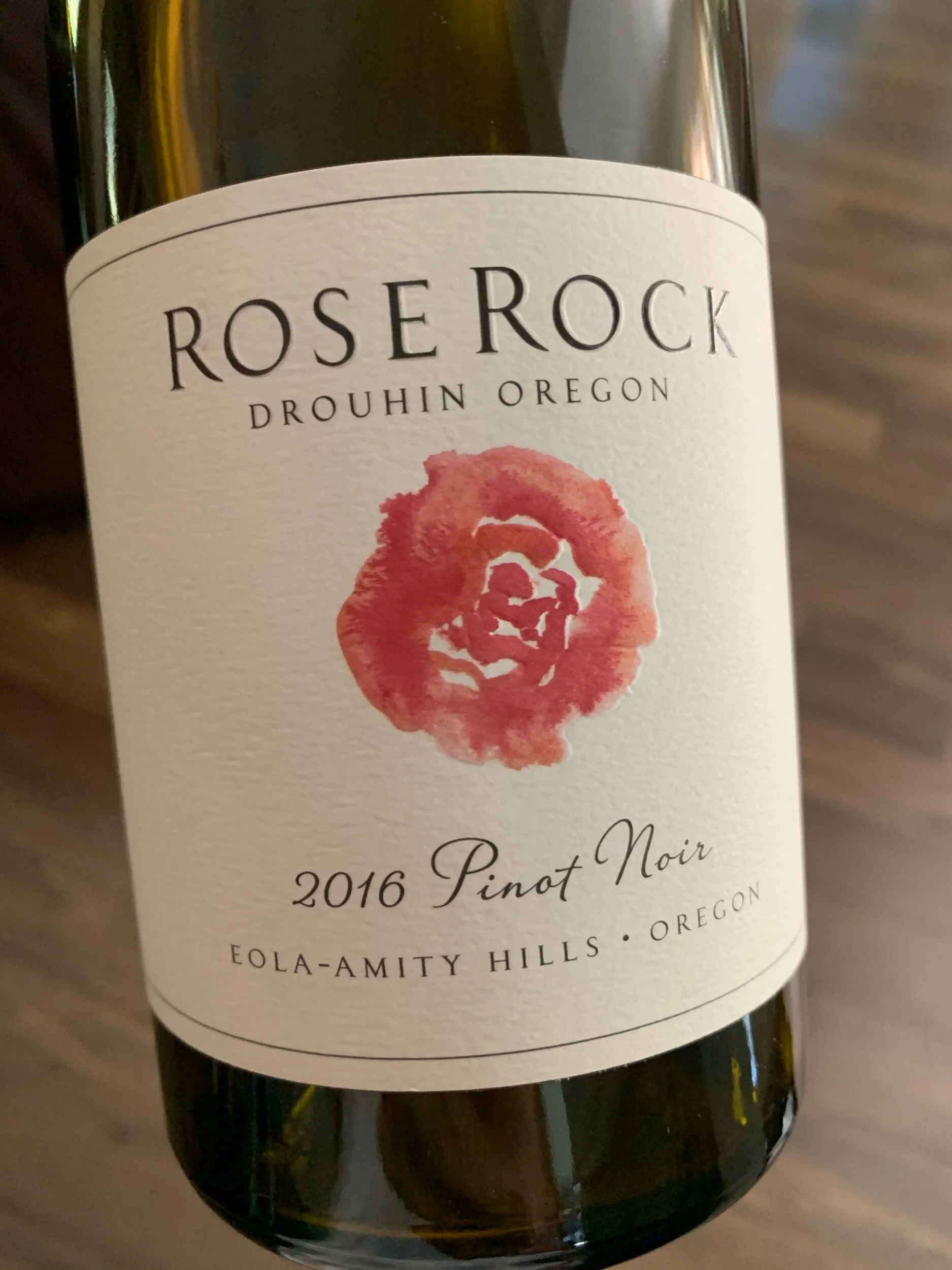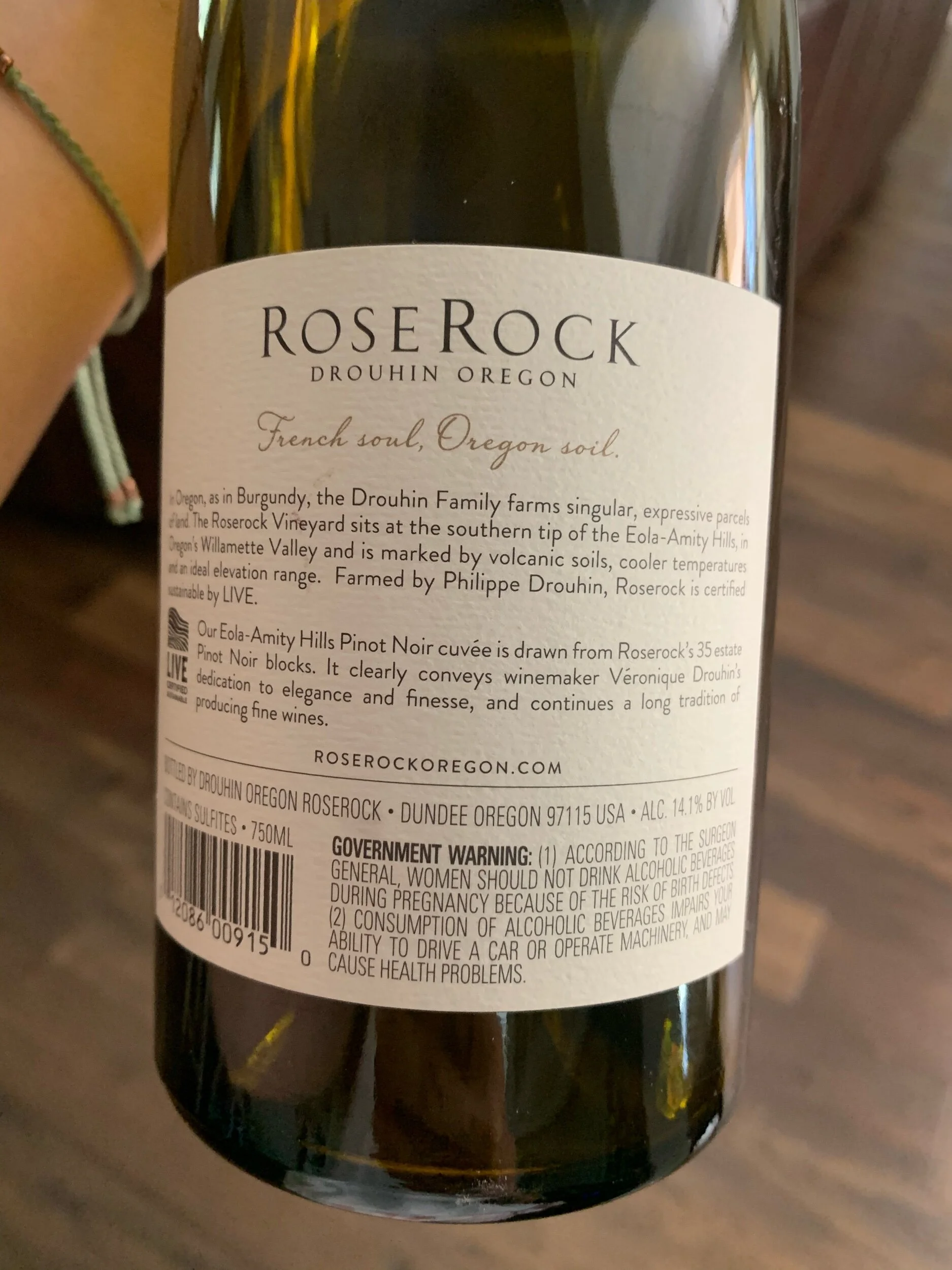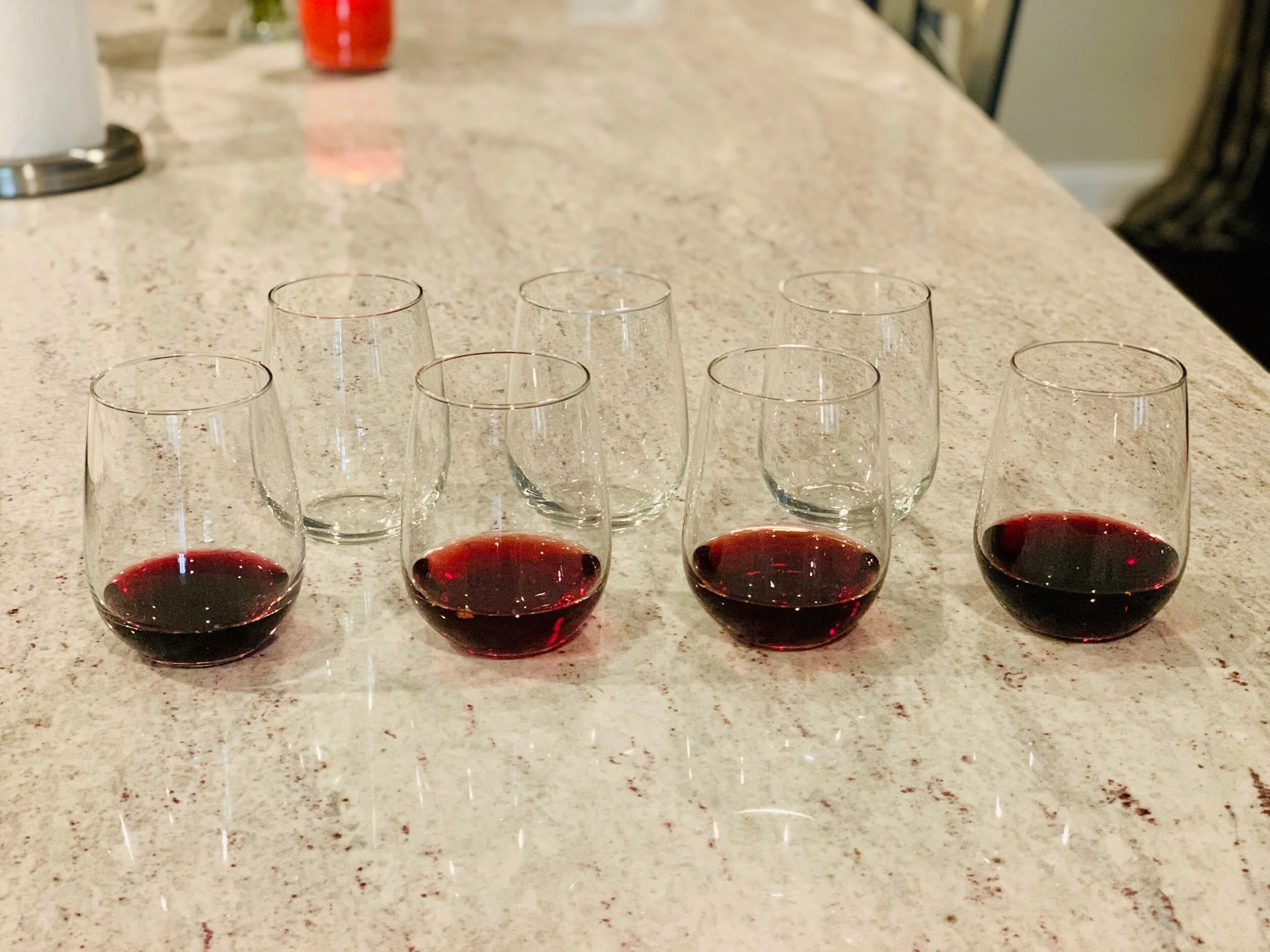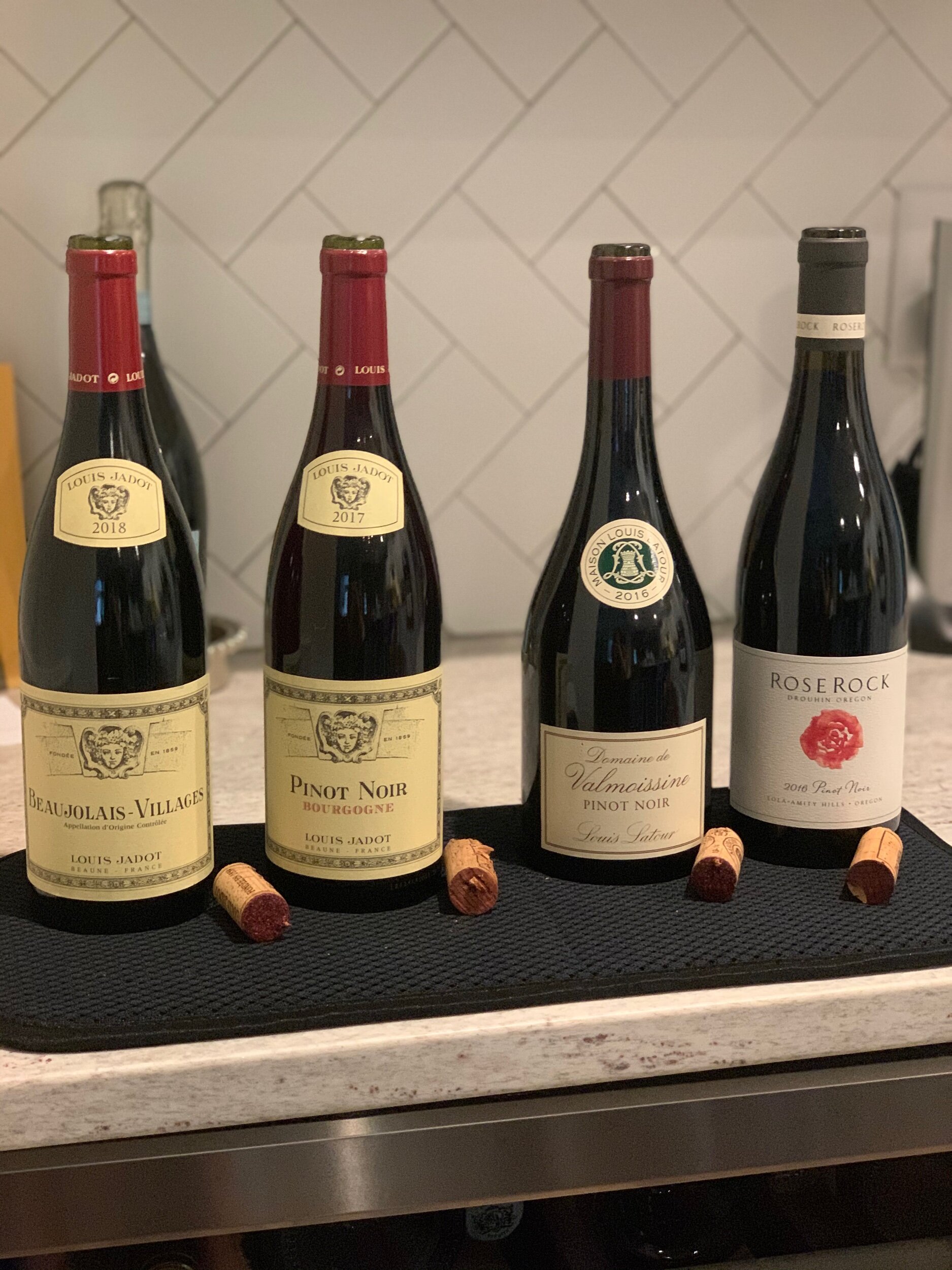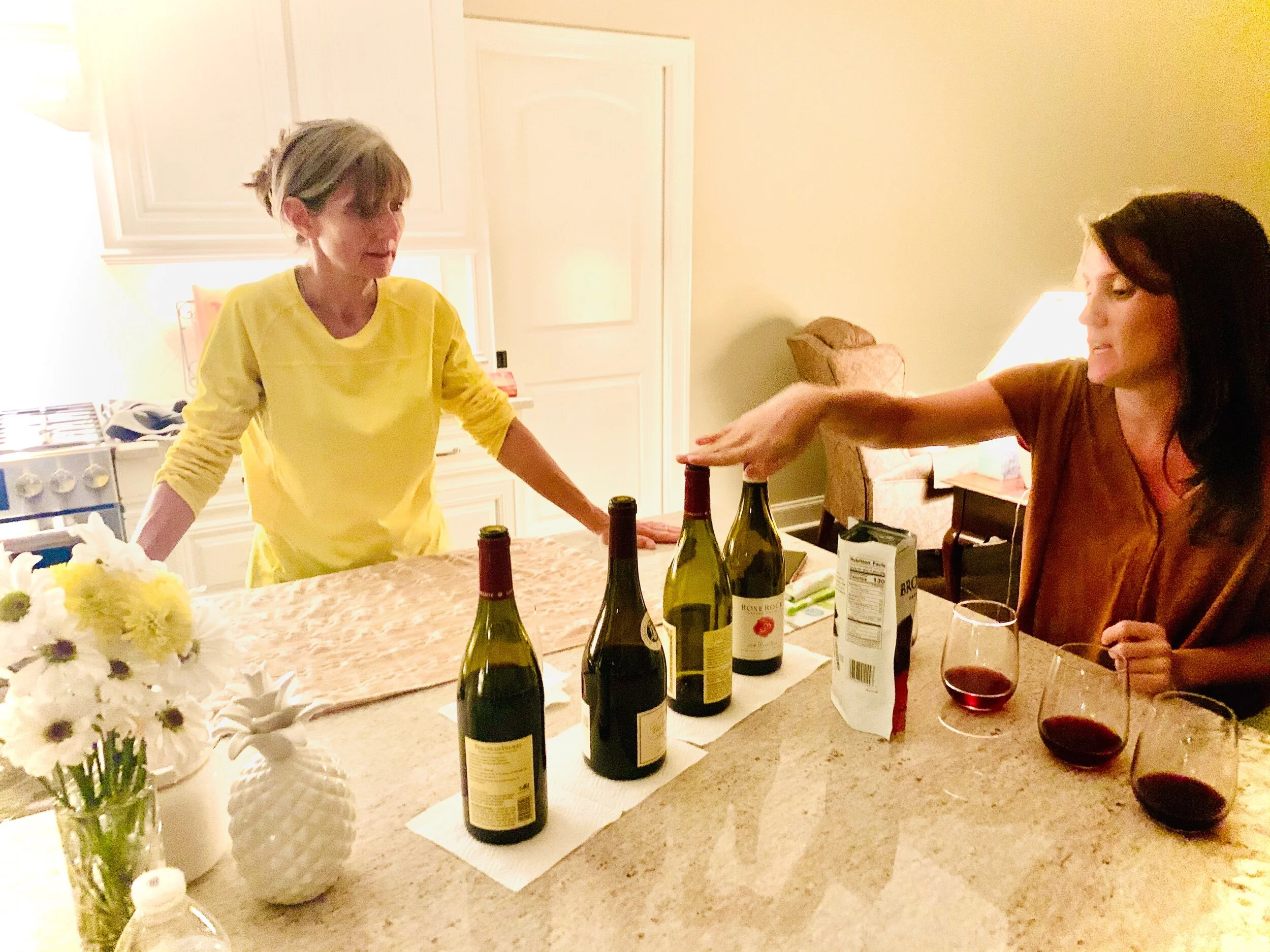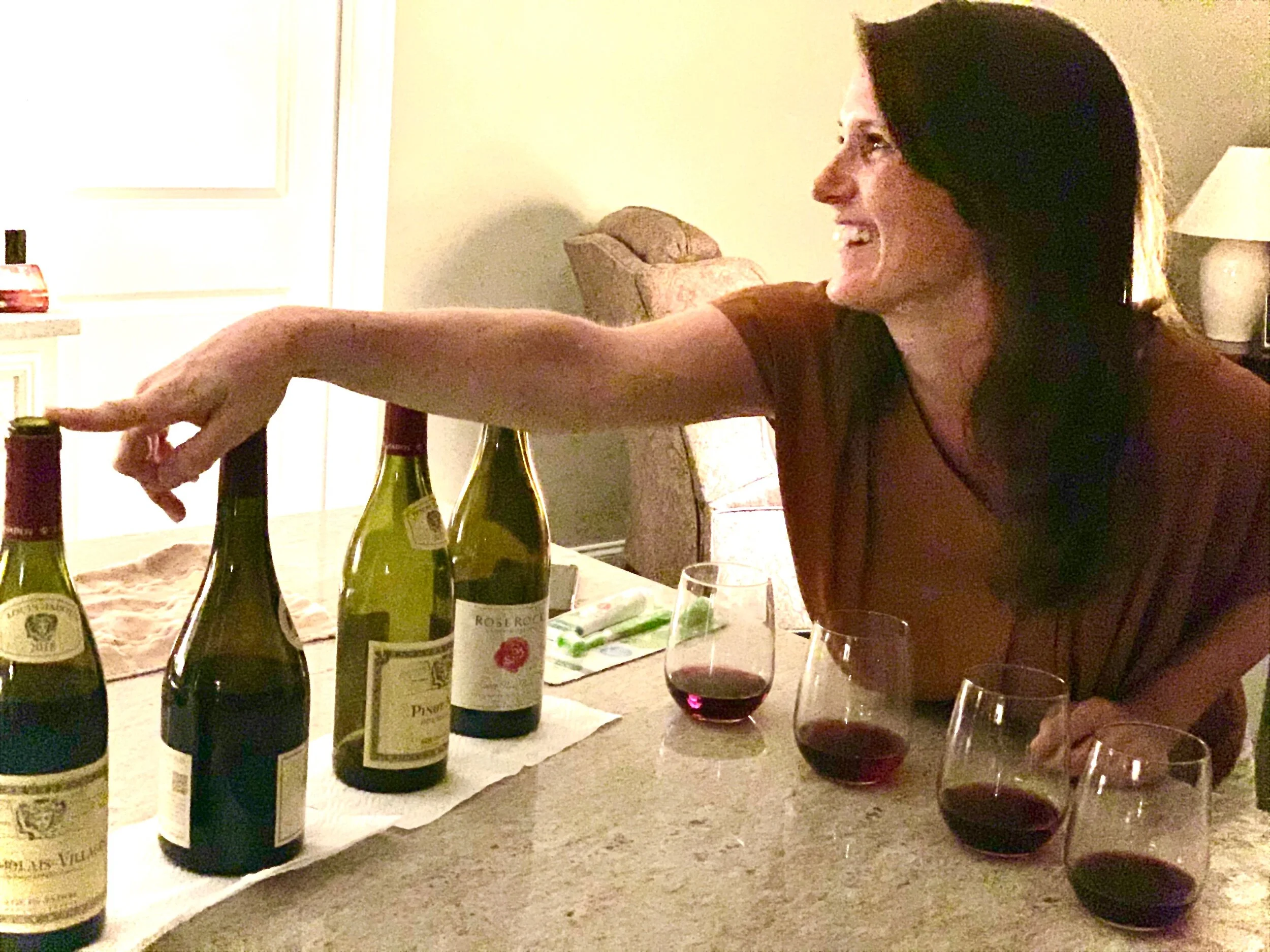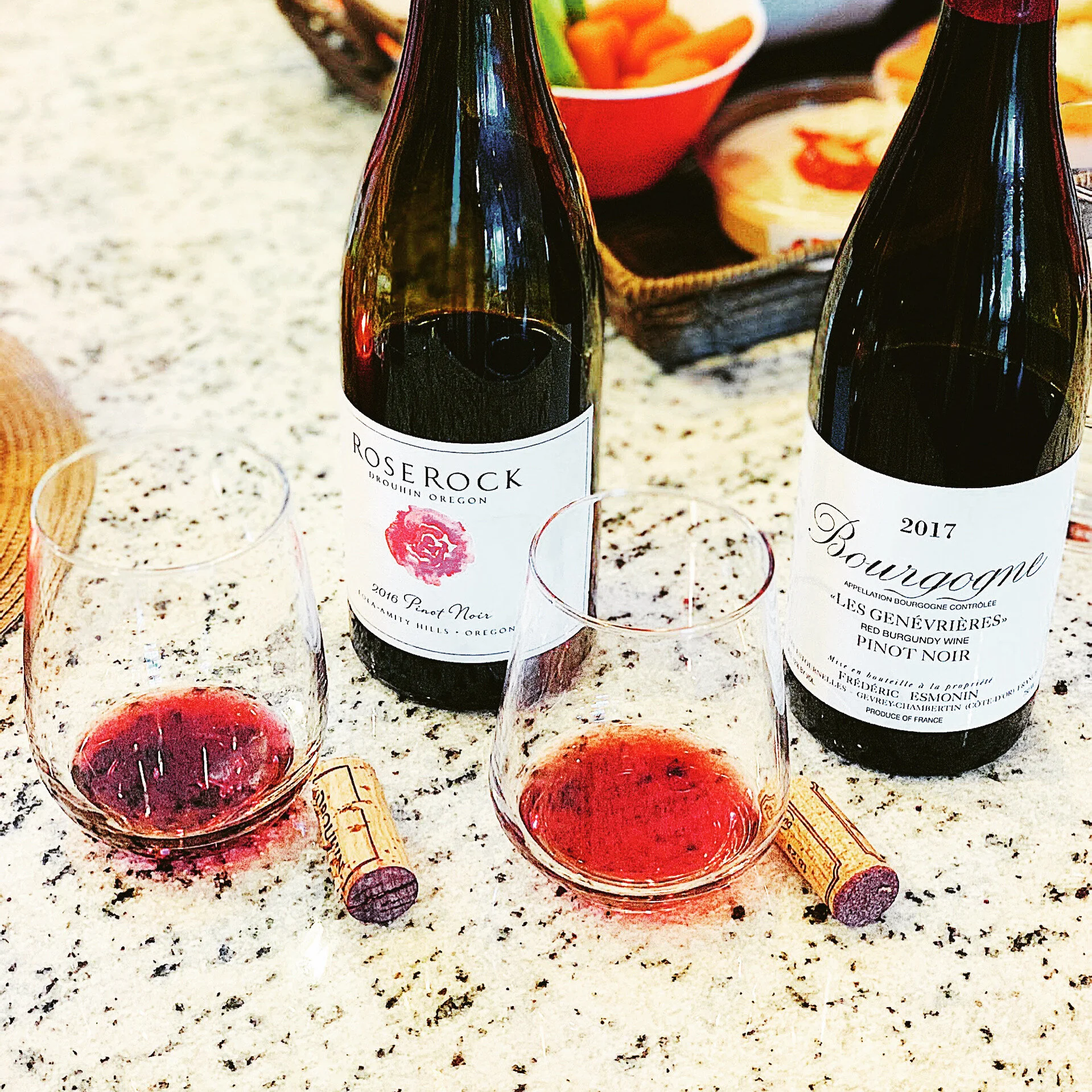New vs. Old World Wines - Burgundy’s Best Grown throughout the World
New vs. Old World Wines - Burgundy’s Best Grown throughout the World
Though home to “modern-day winemaking,” we refer to Europe as Old World wine since they institutionalized the traditions and systems established today. The full history of wine goes back before the Romans and Greeks, who participated in a completely different wine experience than we know now.
First the Greek, followed by the Romans, spread viticulture throughout Europe implanting the heart of our current & most notable wine varietals. Exploring the true understanding and appreciation of wine, I always challenge others to expand their palates and experiment with the same wine grown in different countries, regions & wineries to better understand how the origins & methods can manipulate the wine to be a different pour from each and every bottle.
Pinot Noir originates in both Burgundy and Champagne, France, though it makes two completely different wines to share with the world and even uses different cloned clusters of Pinot Noir. The sparkling favorites from Champagne are made with large-grape-cluster producing vines, and Burgundy plants small-clusters of Pinot Noir grapes with darker skins better suited for red table wines.
Burgundy, a traditionally cool, wet region in France, is filled with limestone, resulting in the minerality and complexities of this region’s elegant wines. Pinot Noir is very specific about its climate and terroir. This early ripening grape grows best in cooler conditions and is often considered difficult to grow. The grape won’t produce when the weather is difficult but will take charge when the soil is rich in limestone. The grape’s ideal soil is chalky clay, helping the vines thrive in the Pacific Northwest, like Oregon, creating the lighter color and softer tannins the wine it produces is known for. Vines are highly reflective of their terroir, making this one of the best varietals to sip & savor in comparison.
Distribution to the New World
Pinot Noir is grown throughout the world, mostly in the cooler climates. The first New World Pinot projects were attempts to grow Pinot Noir in the U.S., Australia, and New Zealand. At first, the grapes grew greener than it’s father country with a slightly more acidic, vegetal taste.
Finding room for growth, Pinot Noir has successfully shown how it pairs perfectly with the Pacific Northwest. Located along the same latitude of Bordeaux and Burgundy, it’s no wonder their wines have stolen the hearts of many.
Following their cool growing conditions, most notable New World Pinot Noirs are from Oregon and the Carneros & Russian River appellations in California. Though located very closely together, you’ll find the Pinot Noirs from each region can be very different in both body and taste.
As the fourth largest producer of wine in the US, Oregon is known for the fine wines created throughout the state, especially the Pinot Noir resulting in one-third of the vineyards. Though more wineries than its neighbor Washington to the north, half of the Oregon production is less than 5,000 cases per year - truly living up to the “fine wine” description and higher prices.
Mostly grown in the Willamette Valley, Oregon’s appellations growing Pinot Noir include Willamette Valley, Dundee Hills, and Yamhill-Carlton District. The wines we’ve tasted range from lighter, cherry-forward taste with a slight spice to a little darker, more clove, earthy flavor. Many call out the Oregon “cranberry & earth” taste pleasing specific palates that differ from the neighboring California more fruit forward, less rustic, wines.
New World Wines From Surprising Locations
Writing this today, I opened a celebratory favorite, Gruet Blanc de Noir, as I felt it would be most appropriate to inspire and celebrate the story.
What I didn’t realize over the years of popping many Gruet sparkling wines is the vineyard is actually established in New Mexico!
Yes, you read that correct - I was flipping through my college textbook looking back at different technicalities to include in this post and found Gruet in the index. To my surprise, I flipped to the page and couldn’t believe where I landed - New Mexico and “Other North American Regions.” It could not be more perfect for this post! Cheers to serendipity and recognizing the background of family favorites!
Another American winery established with French origins, winemaker Laurent Gruet, followed his French father’s footsteps and has been producing wine in New Mexico for over 25 years. Wine was first planted in the New Mexico territory by the Spanish in the early 1600s to maintain their Mass rituals. The wine production continued to grow until both man-made & natural destruction of Prohibition and major floodings of the Rio Grande in the 1940s. Following the theme we started earlier this year, we continue to fall in love with France as many French vintners recognized the potential to regain the wine region of New Mexico in the 1980s. The Gruet family was one that did not walk away even when the wine industry was not as strong. His family’s history producing wine in Champagne allowed him to see the potential in the elevation, sunny days, and cool nights of the New Mexico region. The family’s Chardonnay and Pinot Noir continues to thrive as one of the largest producing sparkling wineries. Now with three established AVAs since the 1980s, New Mexico is still a smaller producing New World region with less than 50 wineries but two of their largest send out over 50,000 cases a year. Certainly something worth talking about!
Starting with aromas of soft floral, the body & flavor are slightly creamy as the bouquet bleeds into the taste as it coats the pallet. The bubbles remain consistent no matter how long you pour the bottle throughout the afternoon. We agree with the wine description finding notes of pear and faint berry. The flavor is full without overwhelming and pairs best with a cool summer dusk evening or warm autumn day! It’s a favorite to pour in part of any red, white & blue holiday occasion, especially as a stateside grape!
New Worlds of the Southern Hemisphere
Before wrapping up the New World recognition of Pinot Noir Wines, I wanted to highlight a winery I learned about in my very early twenties from “down under.”
What started from two brothers raised by a winemaker, Matua wine was first established in the 1960-70s in New Zealand. Testing a number of potential varietals, Matua was the first winery to produce a New Zealand Sauvignon Blanc. In the early 2000s, Beringer-Blass invested in the winery, and I remember meeting one of their representatives distributing the wine more throughout the states. Since then, I love to spot and share the NZ wines as it was one of the first brands I met in my wine industry connections.
Having a similar latitude and distance of growth potential as California to Oregon, the country allows for diverse regions and variation for grape growing. As you move into the warmer and sunnier regions of Hawkes Bay found in the center of the country on the south end of the North Island, Pinot Noir joins the grape list. Marlborough, found in the middle, has a cooler climate, yet still dry with the sun. This area has a longer growing period allowing their grapes to better mature before harvest. As Pinot Noir likes, the soil is rockier in areas allowing for drainage. You will find Pinot Noir more vibrant throughout the South Island in smaller regions like Nelson, Canterbury, Waipara, and Central Otago. At the coolest part of the country on its southern tip, Central Otago is the coolest region with vineyards planted along the hills allowing more sun & frost protection. Here you will find Pinot Noir to be 75% of the vineyards planted.
Meeting in the middle, Matua produces the Marlborough Pinot Noir as they feel the region produces a bright & smooth wine with red fruit flavors of sweet cherry and raspberry. They pick from various sites to ensure regional flavor is found and age in oak only long enough to smooth out and “compliment” the fruity flavor in the wine.
The color comes out with a very interesting yet beautifully round color. You have a slight nose of spice (very slight) on the initial aroma then the red berry fruits mentioned in Matua’s description 100% come through. I decided to let the wine chill before I opened, and it was a wonderful experience to sip & savor every taste, especially when I considered pairing it with a spicy quinoa dish with extra Costa Rican hot sauce, avocado & jalapeno.
The wine was refreshing and cool and stood up to the intense heat flavors.
A very nice flavor especially under the right temperatures and easy to drink with the right situation.
Two Takes on our Tastings - New vs. Old World Pinot Noir
The lesser tannin and feel in the wine appeases most and draws a crowd of red wine drinkers that many heavier grapes may not attract. Pinot Noir is an easy-drinking red wine that pairs perfectly with a mildly warm to cool spring or fall day. The flavors also pair perfectly with winter ragouts, briskets, and creamy meals that balance best without an overwhelming taste.
Often called “approachable,” many prefer to let the acidity of the Pinot Noir age a handful of years but others, like my father and new wine friends, love their Noirs to be nice and neat as an easy drink. The lighter wine is well received as they develop earlier due to their lesser tannins.
Spot on with young Pinot Noir tasting descriptions, New World Pinots tend to have red fruit aromas of cherries, raspberries, and strawberries. As the wine ages, Pinot has the potential to develop more vegetal and "barnyard" aromas that can contribute to the complexity of the wine.
For our first tasting, we tried some true favorites with Old World variations. When tasting the Louis Jadot Pinot Noir Bourgogne, the 2017 bottle was lighter with a slight red, brown color, clearer around the edges.
The nose was a mid-to-light hint of cherry with an earthy, light fruity flavor.
The second Old World Pinot was a 2016 Maison Louis Latour Domaine de Valmoissine from Provence, France. The ruby color and complex nose brought cocoa and ripe fruits of berry. With more interesting aromas and flavors of red fruits and some savory spices, this paired well with the grilled quail and vegetables we had for dinner. Also presenting a mild to light red brown color, though older, the wine was still clear around the edges, too. We could really taste the cherry spice with a slight burn on the palate and Old World earthy aromas. You can just quite make out the green olive - green pepper flavors and aroma. The spice and cherry with dried floral notes was easy to sip and savor the more you drank. For the Domaine de Valmoissine, our overall impression was very Old World.
To compare the Old to the New, we selected the Roserock with winemaking roots that go back to Burgundy from 1880. The family ventured from France and established the Roserock winery in Oregon’s Willamette Valley. With the foundation of Pinot Noir’s heritage, the property has a unique, cool climate and soil ideal for growing Pinot Noir and Chardonnay as in its home of Burgundy. Though grown in the Old World style, the Roserock shows a deeper, dark purple to garnet with a deep ruby when you swirl. The nose is quite flowery which suits its name. The taste is lighter but shows more flavor and body than the Old World wines we tasted first.
Tasting - Take Two
Our second tasting looks at one Old and one New.
We try Roserock again directly
compared to a Bourgogne from
Les Genevrieres.
Can you see the difference?!
The Roserock swirl created long, thick sheets with opaque color and slightly musty bouquet at first then light clove and nice taste. There is more body in the Roserock pour with lingering taste and slight hint of alcohol. Tannins barely, yet softly, coat the mouth.
The Les Genevrieres from Frederic Esmonin is a year younger and much lighter. Though light, the long sheets take its time before turning into thick, long legs that run down the sides of your glass. It’s a very pretty color, though light. Age will be good for this wine. The color is also a purple garnet with ruby red tints. The nose has a nice, light spice with a light flavor of cherry - bright yet short in the finish. A good comparison, the two wines yield very different wines but both pair well with lightly grilled, fatty meat, potatoes, and vegetables.
More Wines to Try
Other wines you should taste to compare include the Roche de Bellene Bourgogne Rouge 2017 from Burgundy ($19.99) – A very light French wine, this Pinot Noir would be a fun wine to age.
Considered an “entry-level” Burgundy, about 80% of the wine is matured in barriques, a smaller barrel or cask with its Bordeaux background. Much of the barrels are new oak, and the rest of the wine is produced in steel, which shows through in taste and clarity.
Can you see that color?
Imagine the palate’s impression– some find the metal taste with a cherry candy flavor, more on the nose, and a little floral to follow. This wine would be nice to try in a few years, and many recommend waiting about 3-5 before you open.
Moving on to Willamette Valley, Oregon, we tried some fall favorites when you want something refreshing on a warm but cool day.
Recently we opened the Inscription Willamette Pinot Noir By King Estate 2018 ($16.99) – Allow time for this young bottle to open as it creates a smoother, silkier taste matching its label description of “lush red fruit and flavors of forest and earth – a showcase for the unique and authentic place of Oregon in the wine world. You can believe in Oregon wine.”
The King Estate Pinot Noir Oregon 2016 at $21.99 is the step up from the Inscription, though appeared much lighter in taste and even lighter in color. You can appreciate the winemaker’s description if you really pay close attention: “The bouquet jumps out of the glass with ripe strawberries and raspberries with secondary notes of black tea, and earthen aromas.” The lighter fruit we agree, and you can definitely pick up the secondary notes. Though a lighter wine, it did stand up to a yummy pan-seared filet mignon, brussels sprouts baked with honey, and crispy herb purple potatoes.
The first wine we opened before dinner time, you have to let open with air before taste. Also at $21.99, the Trisaetum Pinot Noir Willamette 2017 received 92 Points from James Suckling describing the wine as "a wild array of forest berries with raspberries and wild cherries taking center stage on the palate, too. There's a crunchy, upbeat, and directly expressive feel to this Pinot that really appeals.” This wine is a bit more complex, standing up to the comparable King Estate. When researching the Trisaetum Pinot Noir options, you understand their higher-end bottles ranging from $20 wholesale to $40-75 online. All of their Pacific Northwest Pinot Noirs receive high ratings of 92-94; worth another try and pour for sure.
What are your thoughts on Old versus New World wines? Do you prefer the earthier varietals with musty flavors but light color that take time to age or do you want a wine with deeper colors and richer, fruity tastes?
Share which wines you enjoy and what we should pour next?
